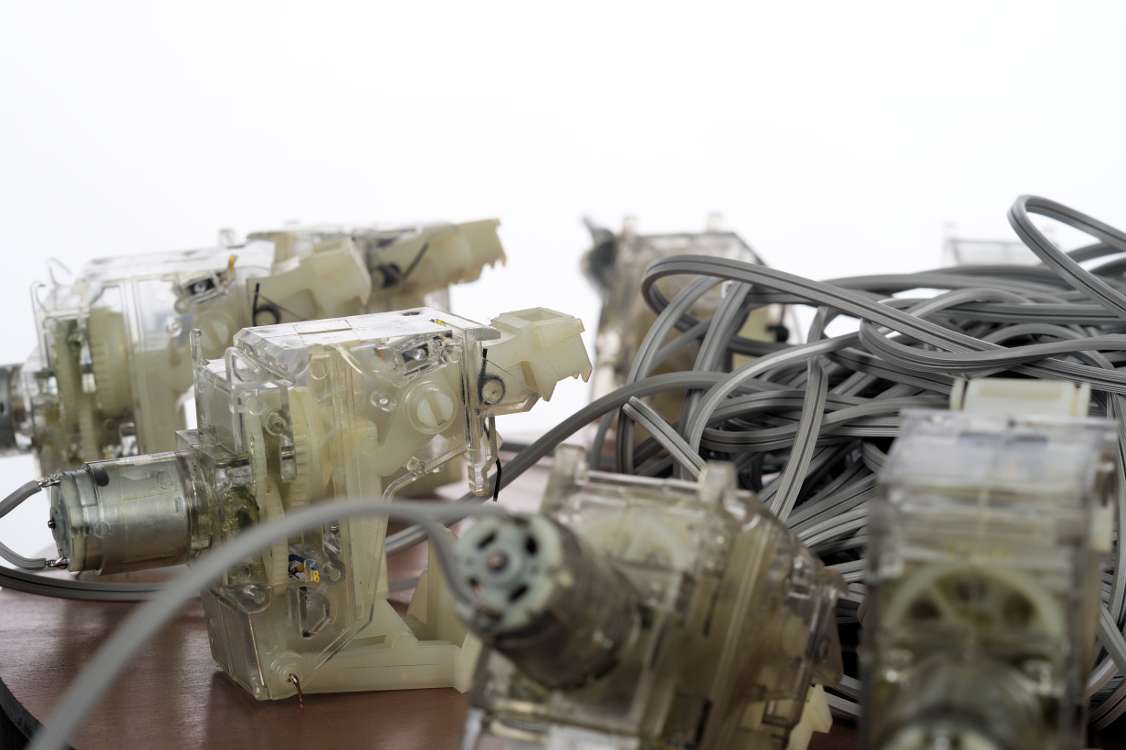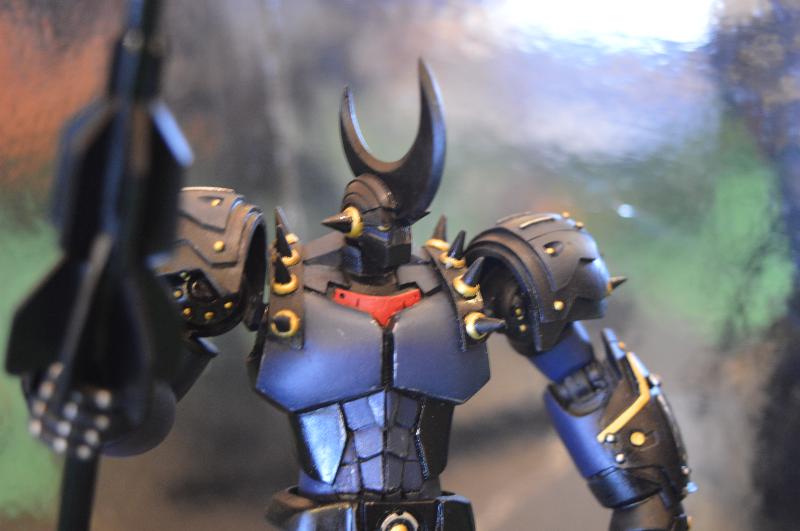
But the man discovers him one day right in the middle of stealing and takes from him the notebook of studies on the robot, with the instructions for repairing it written by his father. In order to repair the mechanism, the boy steals mechanical toys from the stand of a grumpy old man. If it worked, the robot would be able to write and Hugo is convinced that it hides a message from his father. The thing he holds dear, the only memory of his father, is a mysterious and broken robot. Hugo hides because, if discovered, he would be sent to the orphanage.


Son of a clockmaker (or, better, a chronographist), the boy has inherited his father’s ability and his uncle’s work, in charge of the maintenance of the numerous clocks scattered around the great train station. Hugo Cabret, the main character, is a twelve year old child who, orphaned and abandoned by the alcoholic uncle, roams inside the Gare de Montparnasse, sneaking through its hidden passages, in a Paris of the 1930’s. Selznick handles this mirror game in an exemplary way. And here’s the heart-shaped key of Selznick’s extraordinary invention: the continuous weaving between words and images constantly changes nature because there are things that words, describing them, impoverish and other things that images cannot explain. And the matter starts to get complicated: since images don’t describe what words express, but enrich the written word, integrating and completing it. Then written pages appear and then again the drawings, still at whole page, broken up by the written narrative. The novel opens with a series of pencil illustrations, an elegant, mellow and evocative black and white. It’s such an uncommon book to need a specific definition. Selznick, producer of King Kong, Gone With the Wind, Rebecca and of an infinite list of movies from Hollywood golden age) is a “novel by words and images”. The Invention of Hugo Cabret by Brian Selznick (relative of David O.

It is not a graphic novel, it isn’t an illustrated book, neither a simple novel.


 0 kommentar(er)
0 kommentar(er)
